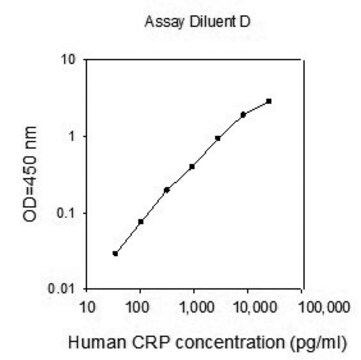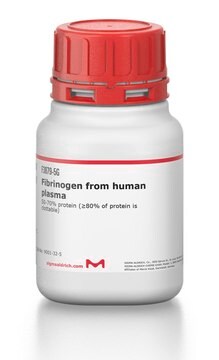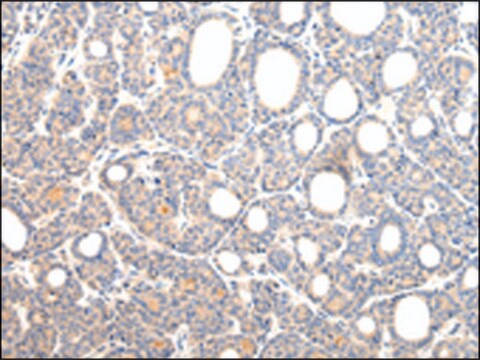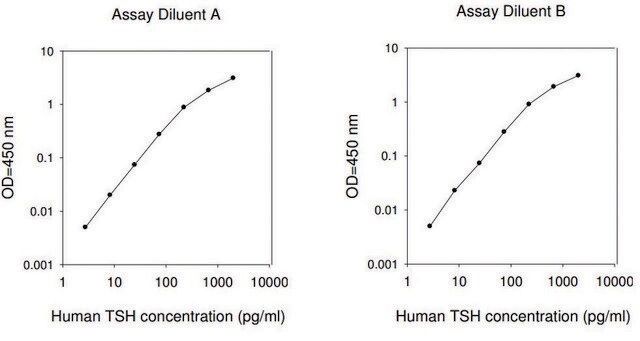RAB0642
Human F3 / Tissue Factor ELISA Kit
Synonym(s):
Coagulation factor III, TF, Thromboplastin, Tissue factor
About This Item
Recommended Products
species reactivity
human
packaging
kit of 96 wells (12 strips x 8 wells)
technique(s)
ELISA: suitable
input
sample type cell culture supernatant(s)
sample type serum
sample type plasma
assay range
inter-assay cv: <12%
intra-assay cv: <10%
sensitivity: 6 pg/mL
standard curve range: 6.14-1500 pg/mL
detection method
colorimetric
shipped in
wet ice
storage temp.
−20°C
Gene Information
human ... F3(2152)
General description
Tissue factor (TF), also known as coagulation factor III (F3), is encoded by the gene mapped to human chromosome 1p21.3. TF has been shown to exist in two forms, namely membrane-bound and soluble TF. The encoded protein contains an extracellular domain (ED), a single transmembrane domain (TD) and short cytoplasmic domain (CD).
Application
Please refer to the attached General ELISA KIT Procedure (sandwich, competitive & Indirect ELISA)
Human F3 / Tissue Factor ELISA Kit has been used to measure the concentration of soluble tissue factor (TF) expressed in human umbilical vein smooth muscle cells (HUVSMCs).
Biochem/physiol Actions
Signal Word
Warning
Hazard Statements
Precautionary Statements
Hazard Classifications
Met. Corr. 1
Storage Class Code
8A - Combustible corrosive hazardous materials
Flash Point(F)
Not applicable
Flash Point(C)
Not applicable
Certificates of Analysis (COA)
Search for Certificates of Analysis (COA) by entering the products Lot/Batch Number. Lot and Batch Numbers can be found on a product’s label following the words ‘Lot’ or ‘Batch’.
Already Own This Product?
Find documentation for the products that you have recently purchased in the Document Library.
Our team of scientists has experience in all areas of research including Life Science, Material Science, Chemical Synthesis, Chromatography, Analytical and many others.
Contact Technical Service









